Why Data Means Business for the Public Sector
Pure Storage
SEPTEMBER 23, 2022
There are three key areas where data can be used to reveal value in the public sector: anticipation and planning, delivery, and evaluation and monitoring. During the COVID-19 pandemic, the NHS has been using data to anticipate the need for hospital resources like ICU beds and ventilators. Evaluation and Monitoring.


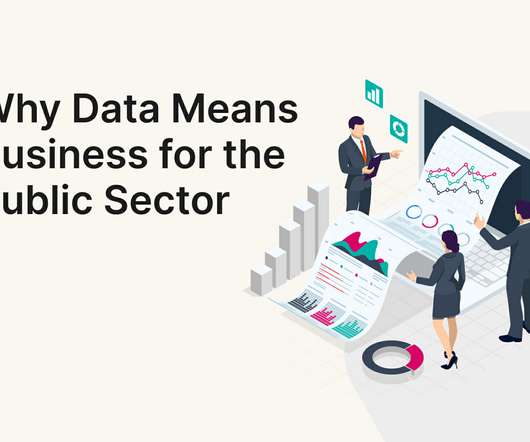

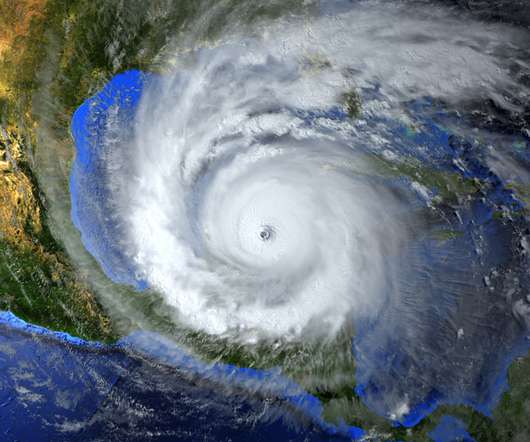

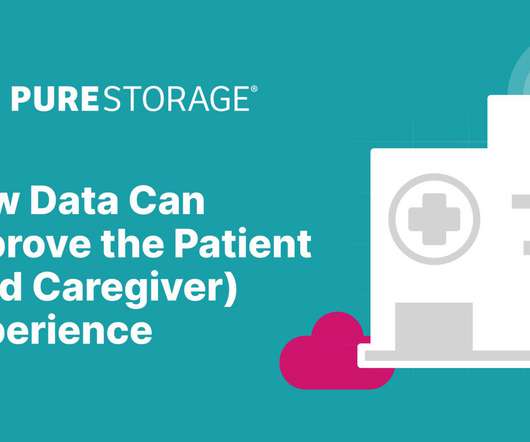

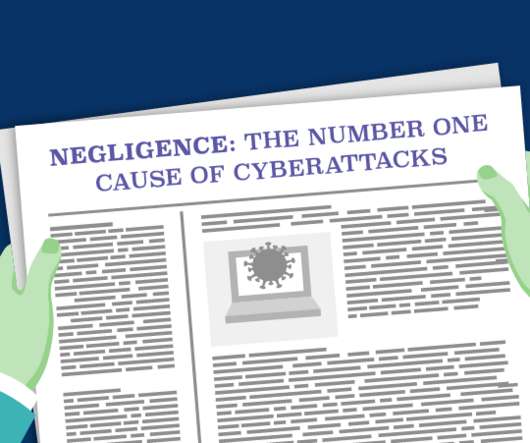




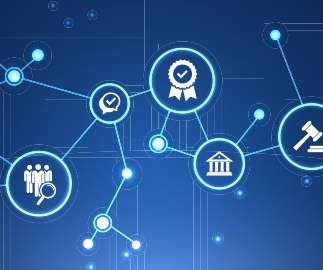







Let's personalize your content